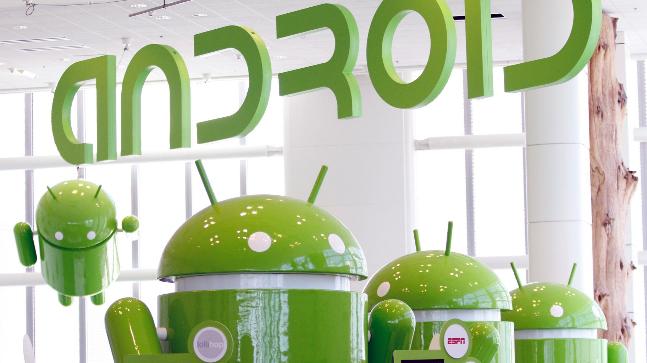Android P has been officially announced. It will follow the Android O aka Android Oreo. For now these are early days for Android P, and it doesn’t even have a proper name right now. It could be called Peppermint when it officially launches between July and October, or may be this time around it could be called Android Petha and create some sweet memories for Indian Android fans. But whether it is Android Peppermint or the Android Petha, and however is its name, it also comes with a bitter truth: You will most likely won’t get Android P on your phone.
Now, it is possible that you may not mind it. It is possible that all the cool features that Android P is promising — better privacy, better notification centre, more performance, slightly redesigned interface — may not matter to you. But whether you want the Android P on your phone or not, chances are that you may not have much choice in the matter. Most Android in the market right now, will probably never get the Android P.
Here are some stark statistics. In India, Xiaomi is now the undisputed market leader with market share of around 35 per cent according to the latest numbers by CMR. The next in the list is Samsung with around 15 per cent market share. Except the handful models — recently launched Galaxy S9, for example — most phones from both companies are unlikely to get any Android P update when Google releases the final variant of the OS in several months from now.
The same is going to be the case with the phones that companies like Huawei, Lenovo, Vivo, Oppo and Micromax etc sell. Ditto for the LG and Sony phones. And this applies not only on the existing phones, but also on many of the phones that will be launched in the coming weeks and months. For example, Huawei will launch the P20, P20 Pro and the P20 Lite on the March 27. Of these the P20 and the P20 Pro are top-end phones and they are likely to come with Android Oreo. But because Huawei uses a heavily-modified version of Android that it calls EMUI, chances are that when Android P comes to out, that will not reach the P20 phones or will reach very late.
If right now you have a phone that is over a year old, there are very good chances that it will not get Android P update this year. The only exceptions that I can think of right now are:
— Google Pixel, Pixel XL, Pixel 2 and Pixel 2XL
— The high-end Nokia phones like the Nokia 8 and new Nokia phones supposed to launch soon that include the Nokia 7 Plus, Nokia8 Sirocco and Nokia 6 (2018).
— OnePlus 5 and OnePlus 5T. Possibly OnePlus 3 and OnePlus 3T as well but this is 50-50.
— Samsung Galaxy S9 and Galaxy S9+. And possibly the Galaxy S8, Note 8 and the Galaxy S8+ but the update to these phones may come with some delay.
— Xiaomi Mi A1 because it is an Android One phone.
— Possibly some high-end Moto phones will also get Android P.
That is all. All other phones that are in the market right now, or are in the hands of people, are most likely not going to get the Android P. In fact, many are still rocking the Android Nougat. The problems are two.
One, most phone companies don’t care about the updates. For them, their responsibility for a phone ends once it has been sold. They don’t bother to plan for a year in advance. They don’t factor in that after a year, the user may want an updated version of Android.
The second problem is technical: The Android update process is too complex. First Google pushes out the update. Then hardware companies like Qualcomm, which makes critical components such as processor, prepare right drivers and code. This is followed by phone companies that usually cook their own software and features, which are unnecessary for most users but are important for companies because this way they can bundle apps, strike business deals and modify Android to suit their needs. Modifying Android not only takes time but is also economically bad for phone companies. They can’t modify it for all the phones they sell. So they handpick a couple of high-end models for which they prepare Android update and push them out but that takes a lot of time.
So the moral of the story is this: If you want Android P, get a phone that runs clean version of Android and already has Android Oreo running on it. May be get a OnePlus phone. Or a Google Pixel phone. Or a Nokia phone. Or a high-end Moto phone. Or a top-end Samsung phone. or the Xiaomi Mi A1. All other phones are unlikely to ever see the Android P update.


